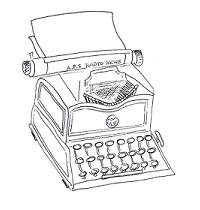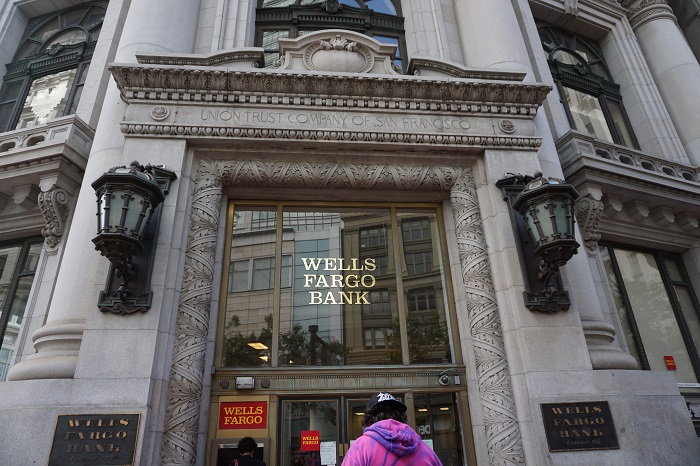headline news online news
By John Biers
Shares of US regional banks suffered deep losses on Wall Street Tuesday, dashing hopes that the resolution of First Republic’s woes would end the crisis. online news
While large banks like Citigroup and Bank of America fell, the ugliest losses came at the same regional banks that have seen pressure since the March demise of Silicon Valley Bank the risks facing the group.
These include Los Angeles-based PacWest Bancorp (-24 percent), Western Alliance Bancorporation (-16 percent) of Phoenix, Zions Bancorporation (-11 percent) of Utah and Cleveland-based KeyCorp (-9 percent).
The declines came on a turbulent day for global markets that saw oil prices slump on recession worries amid growing worries of a US debt default due to a standoff between Democratic President Joe Biden and the Republican-led House of Representatives.
But the performance of bank stocks was a source of angst.
“There is clearly worry that this bank situation is not going to calm down after First Republic,” said LBBW’s Karl Haeling. “It’s just going to get worse.”
Haeling said the latest selloff poses challenges to the Federal Reserve, which is expected to lift interest rates again Wednesday.

“The market is saying today that they are just looking to other banks to go after,” Haeling said.
Fleeting relief
The battering on Wall Street comes a day after JPMorgan Chase acquired most of First Republic in a deal engineered by the Federal Deposit Insurance Corporation, which had seized control of the weakened smaller institution.
While the FDIC move prompted a sigh of relief, leading regional banks notably suffered losses on Monday in what turned out to be a forerunner of Tuesday’s much worse session.
At a briefing with reporters, Goldman Sachs analyst Ryan Nash said Tuesday there is “going to continue to be pressure” on bank deposits in the wake of the shift in Fed policy..
The Fed’s pivot to suddenly higher interest from a lengthy period of low or near-zero rates has forced banks to increase the interest they pay customers in order to avoid a loss of deposits.
That dynamic means banks must compete with each other for deposits, cutting into profits. But Nash also said the role of deposit runs in the failures also affected bank clients.
“If you’re a corporate treasurer, you have to be asking yourself, particularly after yesterday, does it make sense to leave my deposits in a bank where I might have to deal with any sort of resolution, whether it’s being bought by a larger bank, or going through the FDIC process?” Nash said.
headline news online news
The resolution of the First Republic crisis also underlined the disadvantage of smaller banks next to a giant like JPMorgan, the nation’s biggest bank by assets.
While three other midsized banks — PNC Financial Services, Fifth Third Bancorp and Citizens Financial Group — participated in the FDIC bidding process, the agency picked JPMorgan because it offered more money and could more easily integrate the branches into its network, according to reports in US financial media.
“JPMorgan winning the deal shows that regulators will be willing to allow banks to fail and allow them to fall in the hands of big banks, which obviously is a negative for regional banks,” Nash said.
“The FDIC is telling you, what all regional banks and regional bank analysts have known and feared for a while is that whether the regulator wants it or not, the JPMorgan and the like is the winning business mode and that does leave the regional at a big disadvantage.”
jmb/md
© Agence France-Presse. All rights are reserved.
headline news online news
Notes from APS Radio News
From the early part of March 2020 to April 15, 2022, the US Federal Reserve had been increasing its holdings by nearly $5 trillion dollars.
It did this each month of that period by buying billions of dollars of corporation and government bonds, in effect, infusing massive amounts of money into the economy.
And, as the FRED graph shows, it did so at rapid rate or at a high rate of velocity.
Economists say that when massive amoutns of fiat money are infused into the economy at high rates of velocity, the likelihood of noticeably higher rates of inflation is made greater.
A number of other central banks followed a similar policy.
For example, between late February 2020, even days before the media started fixating on the virus thingy, and March of last year, the European Central Bank embarked on its own version of monetary expansion.
During that period, the ECB increased its holdings by over 5 trillion euros.
The Bank of Japan also increased its holdings.
Between February of 2020 and the early part of 2022, it had increased its holding by a few hundred trillion Yen.
For a number of years, including the Bank of Japan, major central banks have kept their interest rates low.
For its part, the Bank of Japan kept its interest rates at negative rates, meaning that depositors had to pay banks to hold their money.
During and before the pandemic, major corporations had increased the number of mergers and acquisitions, as those entities were able to make their purchases using inexpensive money and higher stock valuations.
The other part of the equation was that of supply.
As a result of lockdowns, many small and medium-sized businesses were closed.
Shipping ports had lost workers, and truck drivers going to those ports had to wait in long lines, as a result.
In effect, well before Russia’s invasion of Ukraine, shortages of various goods and services developed.
The invasion and sanctions imposed have aggravated shortages of commodities like petroleum and grain.
And there have been instances of price gouging.
headline news online news


